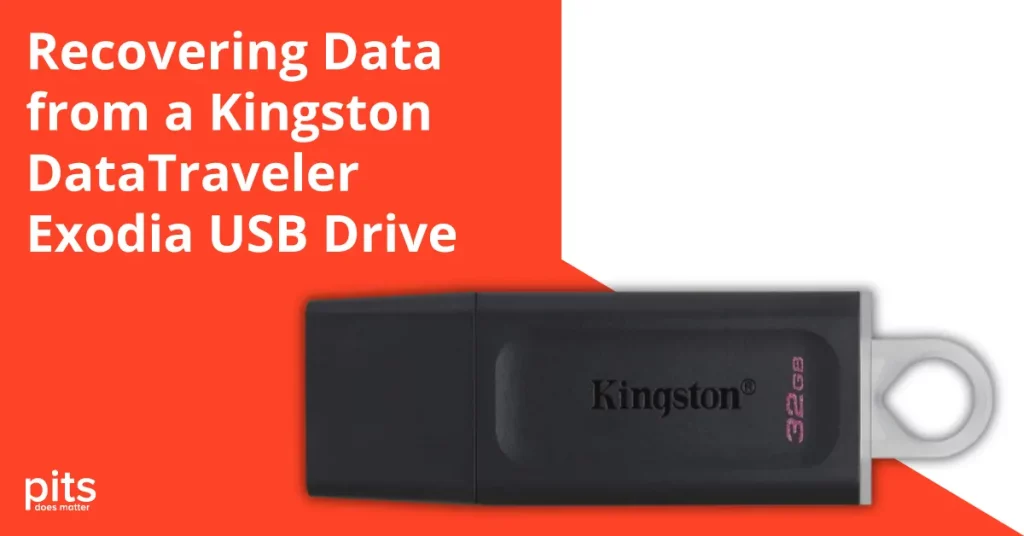When your Dell laptop stops working, the loss of important files can feel overwhelming. Whether due to hardware failure, software issues, or accidental damage, losing access to critical data can disrupt personal and professional workflows. Fortunately, recovering data from a non-functional Dell laptop is often possible. In this guide, we’ll walk you through various methods to help you retrieve your valuable files.
Common Causes of a Non-Working Dell Laptop
Before diving into data recovery techniques, it’s important to understand the common reasons a Dell laptop might stop functioning. Identifying the cause can guide you toward the most effective recovery solution. Some common issues include:
- Hardware failures (e.g., hard drive or motherboard damage)
- Power issues (faulty battery or charging port)
- Corrupted operating system or software conflicts
- Physical damage (due to drops, spills, etc.)
- Malware or virus infections
Method 1: Use an External Enclosure to Access the Hard Drive
If the laptop is not powering on, the issue could be with components other than the hard drive itself. If this is the case, removing the hard drive and connecting it to another computer using an external hard drive enclosure can allow you to access and recover your files. Here’s how:
- Turn off the laptop and disconnect it from any power source.
- Remove the hard drive by carefully unscrewing and opening the laptop’s back panel.
- Insert the hard drive into an external enclosure that’s compatible with your drive (e.g., SATA or SSD).
- Connect the enclosure to another working computer using a USB cable.
- If the hard drive is functioning, it will show up as an external storage device. Copy your files to a safe location.
Method 2: Use Data Recovery Software
If your Dell laptop powers on but doesn’t boot into the operating system, you might be able to retrieve files using data recovery software. Here’s what to do:
- Download and install reputable data recovery software on a different, working computer.
- Remove the hard drive from your Dell laptop and connect it to the working computer via an external enclosure or USB-to-SATA adapter.
- Launch the recovery software and allow it to scan the hard drive for recoverable files.
- Once the scan is complete, select the files you need and recover them to a different storage device.
Some popular data recovery software options include:
- EaseUS Data Recovery Wizard
- Recuva
- Disk Drill
Method 3: Boot from a Live USB Drive
If the issue is with the laptop’s operating system or software, you can try booting the laptop from a live USB drive. This method allows you to run an alternative operating system without using the internal hard drive, which can help you access and back up files.
- Create a bootable USB drive with an operating system (such as Linux or a Windows recovery drive) using a tool like Rufus.
- Insert the bootable USB drive into the non-working Dell laptop and power it on.
- Access the BIOS or UEFI settings by pressing the appropriate key (often F2 or Del) during startup, and change the boot order so the laptop boots from the USB drive.
- Once the alternative OS has loaded, browse the files on the laptop’s hard drive and transfer them to an external device.
Method 4: Seek Professional Data Recovery Services
If the hard drive is physically damaged or other methods fail, it’s best to consult with a professional data recovery service. Experts use specialized tools and techniques to safely retrieve data from hard drives that are severely damaged, corrupted, or unresponsive.
Consider reaching out to a data recovery company like PITS Global Data Recovery Services, which specializes in Dell laptop recovery. They can handle complex cases involving mechanical failure, liquid damage, and more.
Preventing Future Data Loss
Once you’ve recovered your data, take steps to avoid future data loss:
- Regularly back up your data to an external drive or cloud storage.
- Keep your laptop’s software and drivers up to date.
- Use antivirus software to protect against malware.
- Handle your laptop with care to avoid physical damage.
Final Thoughts
Facing a non-functional Dell laptop doesn’t necessarily mean your data is lost forever. With the right tools and techniques, you can often recover your files and get back on track. Whether you use DIY methods like external enclosures and data recovery software, or you seek professional assistance, the key is to act swiftly and carefully.
By understanding these recovery options, you can increase the chances of successfully retrieving your valuable data from a malfunctioning Dell laptop.


